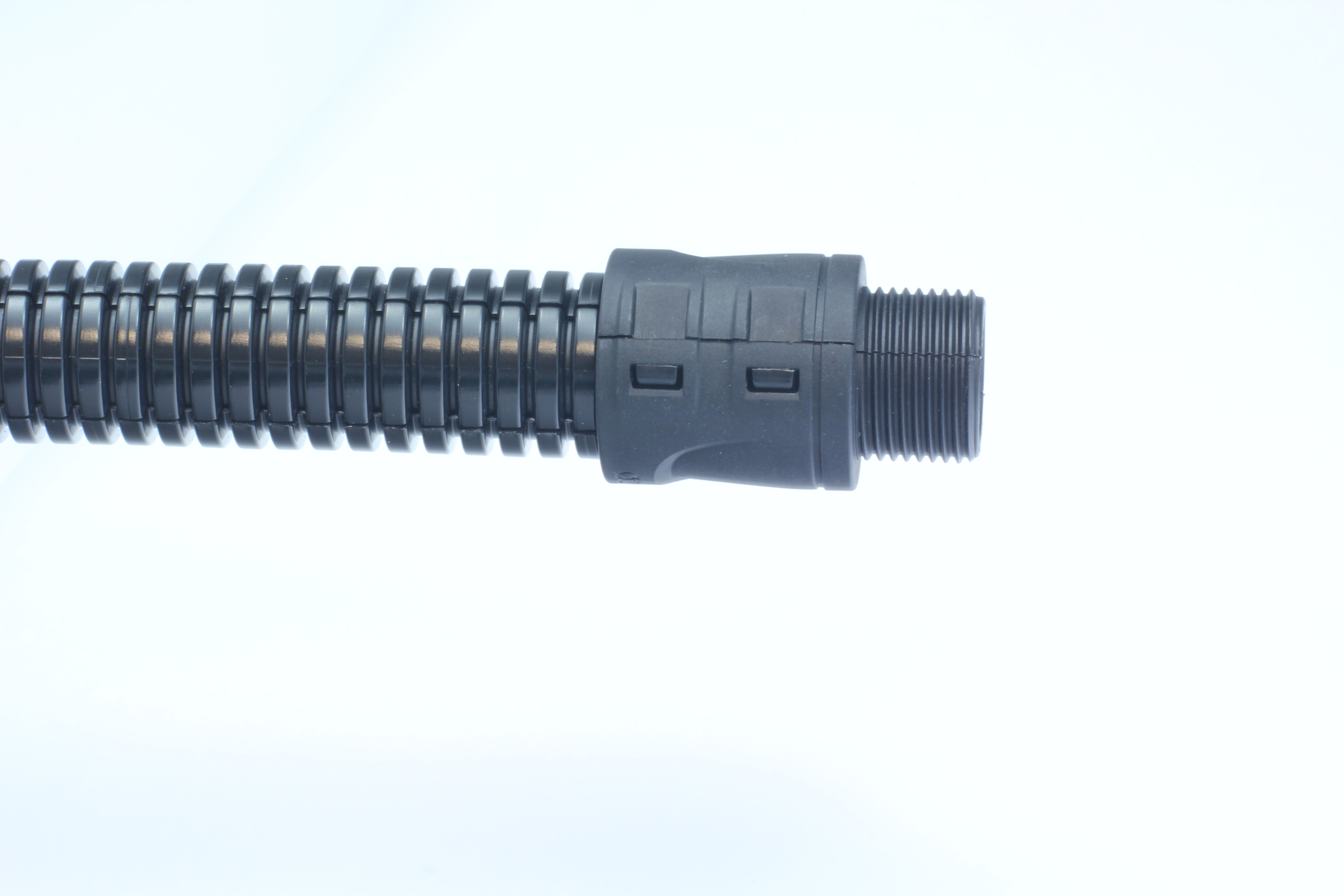You’d think when it comes to cable specification, the trusty 18th edition would be a wealth of information and best practice, right? Well, apparently not. In this article, Alex Smith, technical director at Flexicon, details why operators should be specifying their cable protection on more than just halogen free ratings, and why cable protection must meet all low fire hazard criteria requirements and not the (surprisingly sparse) guidance offered by the 18th edition wiring regulations.
For every data centre operator, it is essential that all cable installations meet the required low fire hazard specification; by using appropriate cable protection, such as flexible conduit.
Traditionally, halogen free conduits have been specified, often based on the common misconception that they offer comprehensive fire protection performance. Although such a conduit may prevent the generation of toxic gases in some settings, it does not mean necessarily that it is also flame retardant or have low smoke properties and may still be flammable if exposed to a heat source.
This can give rise to a potentially dangerous situation where cables can be laid in flexible conduit that, according to BS EN 61386, only needs to declare if it is self-extinguishing and does not offer a comprehensive level of fire performance.
The background
Data and power cables should be suitably fire performance rated for the application and location and therefore, comply to the European cable fire standard, BS EN 50575. This includes classifications of ‘reaction to fire performance’ and considers heat release, flame spread and propagation, smoke production, flaming droplets and acidity.
BS 7671, commonly referred to as the 18th edition wiring regulations, calls up EN 61386 for flexible conduit performance requirements, including fire. However, this standard for conduit systems, which was first published in 2008, only addresses non-flame propagation (self-extinguishing). It does not include additional fire performance properties such as enhanced flame retardancy, smoke and toxic fume emission.
Almost all applications will require non-flame propagating (self-extinguishing) as called for within the UK wiring regulations (BS 7671) and tested by means of the flame propagation test in EN 61386 as a bare minimum.
Many operators will assume that this basic requirement will be met by any flexible conduit they specify, but this is not always the case.
This can give rise to a potentially dangerous situation where cables can be laid in flexible conduit that, by its standard, only needs to clarify if it is self-extinguishing and does not offer a comprehensive level of fire performance.
Meeting low fire hazard specification
Low fire hazard classification requires a product to meet four clearly defined characteristics. This includes low smoke emission, high flame retardancy, low toxic fumes and halogen free properties.
There is no single European classification standard for low fire hazard cable management products that defines terms, test methods and results expected and it’s clear why clarification is required.
Other tests that are undertaken by manufacturers to prove the fire performance of their flexible conduit products include:
- Low smoke emission: Here a sample of material is burnt under controlled conditions in a smoke chamber and the smoke obscuration of a defined beam of light is measured.
- Flame Retardancy: Flammability, the measure of how difficult it is to ignite the conduit if it is exposed to a heat source, is often cited here. The minimum requirement is that the product is self-extinguishing, according to conduit system standard EN 61386. Here a vertical sample of conduit is exposed to a 1kW burner and must extinguish within 30 seconds of the removal of the flame with no flaming droplets.
- Low toxicity: In this test, a sample of material is burnt under controlled conditions in a smoke chamber and the fumes are analysed for various gases. The concentration of each gas is then multiplied by its toxic potency to give a toxicity index.
If halogens, sulphur or phosphorus are present in a material, it is unlikely to pass the low toxicity tests.
Halogen free
As we have learnt, because a material is halogen-free it does not mean that it is automatically a low fire hazard product too. Without the accompanying low toxicity, low smoke and flame-retardant properties, it will not meet the full criteria.
Typical halogens are fluorine, chlorine, bromine and iodine. Chlorine is the most common in PVC, fluorine is present in fluoro-polymers and bromine appears in flame retardants. All of these produce highly toxic fumes and thick smoke if exposed to a naked flame; another reason why operators may have tended to rate this area of performance above other fire hazard properties.
Polypropylene, NFR (non-flame retardant) is a commonly used material for data centre cable protection as it is halogen, sulphur and phosphorous free, so will not aid acid formation, but is highly flammable, and flame propagating.
In contrast, PA6 (nylon) is self-extinguishing, halogen, sulphur and phosphorous free. The specifier should look for independent test results to back up the supplier’s claims rather than relying on un-substantiated jargon.
In conclusion
While many products may look the same, performance properties can vary greatly so customers should always check suitability and compatibility for their application and consider the installation as a complete system.
Moreover, specifying based on all the recommended performance criteria can provide full peace of mind that every action has been taken to protect all aspects of the data centre infrastructure; from plant and processes, to the people responsible for ensuring that uptime and data resilience are maintained.

